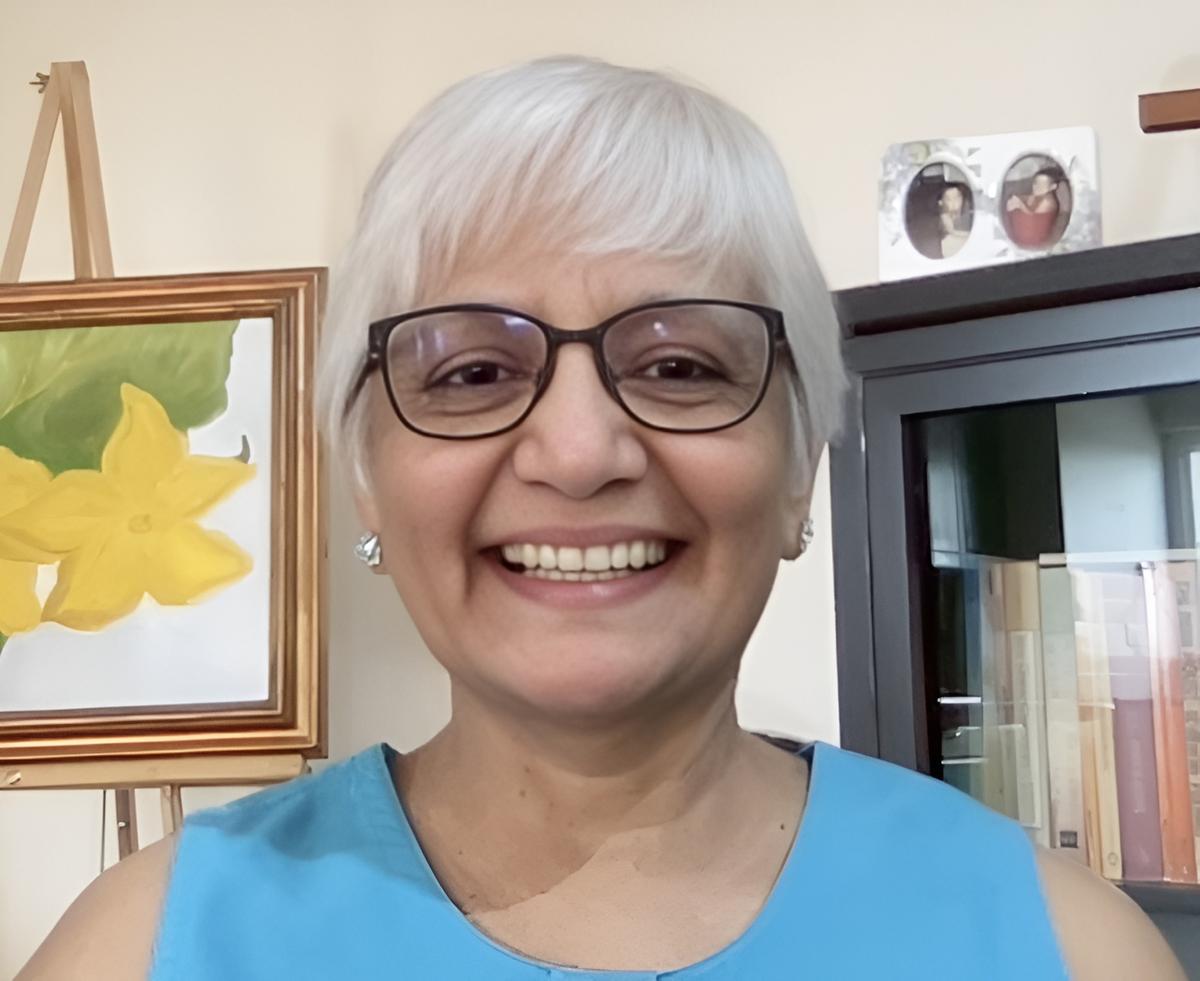Rebooting R.K. Narayan for the new-age reader
It was 1995, much before the days of mobile phones and selfies to record the moments. The writer R.K. Narayan had turned 90 and I was commissioned by my then-editor to meet him for an interview in Chennai, with explicit instructions to quiz him about a South Indian ‘filter coffee’ moment.
I guess Narayan received me with a mild curiosity but infinite patience. Over the next six years, until I left Chennai, I had the rare privilege of dropping by for chats — conversations that ambled, never hurried. Once, he mentioned his house in Mysuru and asked, almost casually, “What should I do with it?” I remember blurting out, with the characteristic lack of filter of a 20-something, “You should turn it into a museum for your books and photographs!” He chuckled and shook his head, as if the idea were too exhibitionist.
Author R.K. Narayan’s Mysuru home which was converted into a museum in 2016.
| Photo Credit:
M.A. Sriram
That elegant structure would later become the subject of a civic struggle between demolition and preservation after his death. In 2016, after spirited campaigns by Narayan fans, the writer’s home was inaugurated as a memorial and museum.
Narayan would have turned 120 this October. It feels fitting then that a novel inspired by the real-life battle over his Mysuru house reawakens Narayan’s world for a new generation of readers. In Rukmini Aunty and the R.K. Narayan Book Club (Penguin India), Sita Bhaskar renders a playful, tender reimagining of Malgudi — the fictional South Indian town conjured by Narayan.

Small-town charm
Describing her approach as a gradual unfolding rather than a single spark, Bhaskar says, “I had read The Jane Austen Society, about the effort to preserve Austen’s final home, and was fascinated by how real events became fiction. When I came across the story of R.K. Narayan’s house, a seed of an idea began to grow.”
Living only a few miles away from Narayan’s old neighbourhood, Bhaskar captures the cadences of Mysuru with both affection and distance. “As an outsider, you notice pauses in people’s speech, the gossip that carries its own rhythm, the humour beneath everyday absurdities. You become a silent spectator, and that’s where the stories begin,” she says.

Author Sita Bhaskar
Much like Narayan, Bhaskar has an eye for the contradictions of small-town India — its bureaucracy, moral muddles, and the unhurried charm of its people. Her heroine, Rukmini Aunty, red sneakers and all, is a delightful composite: part busybody, part philosopher. Her book club becomes a stage where life and literature overlap, turning the reading of Narayan’s works into a celebration of community and continuity.
“There’s a myth that R.K.N.’s writing is simple,” Bhaskar says with a laugh. “It’s incredibly hard to emulate him. He’s a master magician of understatement and humour. What helped me was people-watching — their challenges, their coping mechanisms in this chaos we call life. I kept asking myself, ‘What would R.K.N. make of this situation?’”
Some of R.K. Narayan’s personal artefacts which are now housed in the Mysuru museum.
| Photo Credit:
M.A. Sriram
Bhaskar’s narrative serves as a nod to Narayan’s universe: Swami and Friends, The English Teacher (with its séance and horoscope matching motifs), Lawley Road, Nitya, The Guide and The Vendor of Sweets, and other books. “His My Days was a huge inspiration,” she says. “It’s an amazing tongue-in-cheek narrative where even the normal becomes magical. Those were the moments I tried to echo.”
Some of R.K. Narayan’s personal artefacts.
| Photo Credit:
M.A. Sriram
Bhaskar never met Narayan, but her admiration runs deep. One of her prized possessions is a 1967 Viking Press edition of The Vendor of Sweets found in a small Wisconsin town’s school library. “Imagine a school with 8,000 people having that book! I often wonder what R.K.N. would have made of that,” she says.
Her literary journey, shaped by second-hand bookstores abroad, reflects how Narayan’s small-town India travelled far beyond its borders. “My ‘Malgudi moment’ came when I read The No. 1 Ladies’ Detective Agency. At a reading, Alexander McCall Smith said his inspiration was an Indian writer named R.K. Narayan. That felt like the circle completing itself.”
Fiction to the rescue
Rukmini Aunty, Bhaskar admits, wasn’t meant to be the protagonist at all. “It was supposed to be Janani, the quirky Narayan aficionado. But Rukmini Aunty elbowed her way in and planted her red-sneakered feet firmly on the page,” she says.
For Bhaskar, the book is as much about rediscovery as homage. “I hope younger readers find their way to Narayan through this story, and maybe even visit the R.K. Narayan Museum,” she says.
As I finish the book, I think back to that afternoon in Chennai, when Narayan chuckled at my suggestion of a museum. He would have smiled at the irony that fiction, not bureaucracy, has finally given his house its afterlife. And perhaps, somewhere between Mysuru and Malgudi, Rukmini Aunty is serving him filter coffee, saying gently, “See, saar, it all worked out.”
The writer is the author of Temple Tales and translator of Hungry Humans.
Published – November 21, 2025 06:30 am IST


